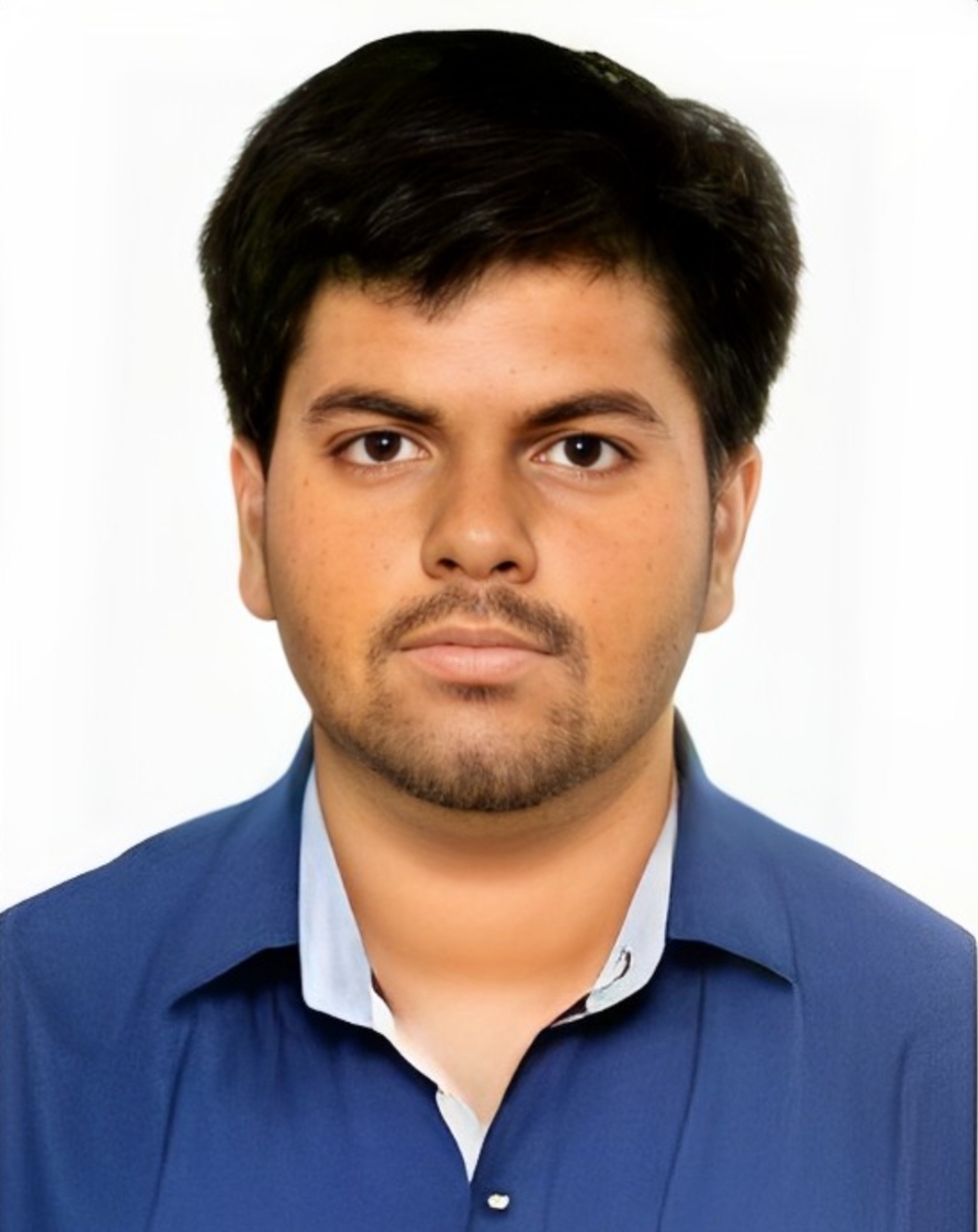When science, skill, and service come together, the result is often path-breaking. This was proven once again when India achieved a medical milestone, a government institution successfully performed its first-ever Left Ventricular Assist Device (LVAD) implantation. At the heart of this triumph lies the Army Hospital (Research & Referral) in Delhi, where a cutting-edge HeartMate 3 LVAD was implanted into a 49-year-old woman with end-stage heart failure. This innovation marks a pivotal moment in India’s journey toward advanced medical care, particularly in government-run healthcare settings.
What Is LVAD, and Why Does It Matter?
For those unfamiliar with the term, the Left Ventricular Assist Device, or LVAD, is often referred to as a ‘mechanical heart.’ It is not a replacement for the heart but a lifesaving support system for patients suffering from advanced heart failure. Acting as a bridge for those awaiting a heart transplant, the device takes over the function of the failing left ventricle, ensuring blood is pumped effectively throughout the body.
Heart failure, especially in its end stages, is a daunting condition. Patients often experience severe fatigue, breathlessness, and fluid retention, leading to a significantly reduced quality of life. For these individuals, an LVAD offers a second chance at life, a chance to regain mobility, enjoy simple pleasures, and live longer while awaiting a donor heart.
This landmark procedure was performed on the wife of an armed forces veteran who had been waiting for a heart transplant for more than two years. With her condition deteriorating and no donor heart available, the LVAD implantation became the only viable option. Using the HeartMate 3 device, the surgical team at Army Hospital (Research & Referral) rose to the occasion, proving that cutting-edge care is not limited to private hospitals or international institutions.
The HeartMate 3 Is an advanced LVAD model known for its precision and reliability. What sets this device apart is its ability to mimic the natural functions of the heart while minimizing complications. The surgery was not only successful but also a testament to the skill and teamwork of the medical professionals involved.
The Significance of This Milestone
1. A First for Government Healthcare: The success of this procedure challenges the long-held perception that high-end medical technology and expertise are accessible only in private hospitals. By accomplishing this at a government institution, the Army Hospital (Research & Referral) has set a new benchmark for public healthcare in India. It shows that state-run facilities can also provide world-class treatments, making life-saving care accessible to more people.
2. A Testament to Military Medicine: The Armed Forces Medical Services (AFMS) have always been at the forefront of innovation, but this achievement takes their reputation to another level. It underscores their commitment to not only serving the armed forces but also pushing the boundaries of medical excellence in India.
3. Hope for End-Stage Heart Patients: For the countless patients suffering from end-stage heart failure in India, this success story brings renewed hope. It also highlights the urgent need for awareness and investment in advanced cardiac care across the country.
India faces a rising burden of cardiovascular diseases, with heart failure affecting millions of people. Yet, the treatment landscape remains uneven. The availability of heart transplants is severely limited due to a shortage of organ donors, and the high costs associated with LVAD implantation have made it inaccessible to many.
1. Limited Access to Donor Hearts
Organ donation in India is still in its nascent stages, with awareness and infrastructure falling short of the need. Many patients die waiting for a suitable donor, making devices like the LVAD a critical alternative.
2. High Costs of Advanced Treatments
The cost of an LVAD implantation in private hospitals often runs into tens of lakhs of rupees, making it unaffordable for most families. A successful LVAD implantation at a government hospital could pave the way for more affordable options in the future.
3. Lack of Awareness
Even among those diagnosed with heart failure, many are unaware of advanced treatment options like the LVAD. Awareness campaigns and patient education are essential to bridge this gap.
The HeartMate 3 is considered a game-changer in the world of cardiac devices. Unlike its predecessors, it is designed with a unique magnetically levitated pump that reduces friction and wear. This not only enhances the device’s longevity but also minimizes complications like blood clotting and infections.
Patients with the HeartMate 3 often report significant improvements in their quality of life. From being bedridden or wheelchair-bound, many regain their ability to walk, travel, and enjoy a level of independence they had lost.
A successful LVAD implantation requires more than just a skilled surgeon. It demands a multidisciplinary team of cardiologists, cardiac surgeons, anesthesiologists, nurses, and technicians working in harmony. At the Army Hospital, this collaborative effort was evident in every step of the procedure, from pre-surgical planning to post-operative care.
The patient's steady recovery underlines the importance of high-quality teamwork. It also demonstrates the potential of government institutions to excel when they invest in both technology and human resources.
This milestone raises an important question: can this success be replicated across other government hospitals in India? The answer lies in scaling up resources, training, and infrastructure. Here are some steps that could help:
1. Investing in Training Programs: High-end procedures like LVAD implantation require specialized training. Government hospitals must invest in programs that equip their medical staff with the skills needed for such complex surgeries.
2. Expanding Access to Advanced Devices: Making devices like the HeartMate 3 available in more public hospitals can significantly reduce the burden of heart failure in India. Government subsidies and partnerships with manufacturers could make this possible.
3. Building a Strong Referral Network: Many patients with advanced heart failure are unaware of where to seek help. A robust referral network, connecting smaller hospitals with centers of excellence like the Army Hospital, can ensure that more patients receive timely care.
4. Encouraging Public-Private Partnerships: Collaboration between government institutions and private companies could bridge funding gaps and accelerate the adoption of advanced medical technologies.
The success of India’s first LVAD implantation at a government hospital is more than just a medical achievement, it is a symbol of what is possible when vision meets action. For the patient, it is a second lease on life. For the medical fraternity, it is a reminder of the transformative power of teamwork and innovation.
As India struggles with the dual challenges of rising cardiovascular diseases and limited resources, this milestone offers a blueprint for the future. It shows that excellence in healthcare is not confined to the private sector. With the right investments, training, and policies, government institutions too can lead the way in saving lives.
In conclusion, the Army Hospital’s achievement is a shining example of how determination and skill can overcome even the most daunting challenges. It is a testament to the potential of public healthcare in India and a ray of hope for patients battling the toughest of odds. This is not just a victory for one hospital or one patient, it is a victory for India as a whole.
http://www.21stcenturyhospitalgownplus.com/
http://www.elite-factory-15.fr/
http://www.gba-amateurboxen.de/
http://www.kita-strausberg.de/
http://sonispicehelensburgh.co.uk/
http://curryzonecardonald.co.uk/
http://cinnamon-edinburgh.co.uk/
http://www.bombaydelipaisley.com/
http://pizzanightclydebank.co.uk/
http://www.pizzanightclydebank.com/
http://gyros2goclydebank.co.uk/
http://grillicious-glasgow.co.uk/
http://www.abdulstakeaway.com/
http://www.freddiesfoodclub.com/
http://cinnamonportobello.co.uk/
http://www.romafishnchips.com/
http://bombaydelipaisley.co.uk/
http://yaraloungerestaurant.co.uk/
http://tasteofchinacoatbridge.co.uk/
http://www.memoriesofindiagorebridge.com/
http://memoriesofindiaeh23.co.uk/
http://freddiesknightswood.co.uk/
http://gyros2gohardgate.co.uk/
http://www.strausseeschwimmen.de/
http://www.janstanislawwojciechowski.pl/
http://london-takeaways.co.uk/
http://shahimanziledinburgh.co.uk/
http://freddiesfoodclub.co.uk/
http://www.spicestakeaway.com/
http://www.mexita-paisley.com/
http://pandahouseglasgow.co.uk/
http://www.zum-alten-steuerhaus.de/
http://www.oberstufenzentrum-mol.org/
http://www.morsteins-neuenhagen.de/
http://www.maerkische-jugendweihe.de/
http://www.planungsbuero-henschel.de/
http://www.hertzelektronik.de/
http://www.militaergefaengnisschwedt.de/
http://www.fahrrad-naumann.de/
http://www.hondamoto-villemomble.com/
http://www.hondamoto-royan.com/
http://www.hondamoto-ajaccio.com/
http://www.download-skycs.com/
http://www.sisakoskameleon.hu/
http://www.hondamoto-montauban.com/
http://www.hondamoto-chalonsursaone.com/
http://www.hondamoto-champignysurmarne.com/
http://www.hondamoto-asnieres.com/
http://www.pasquier-motos.com/
http://www.evacollegeofayurved.com/
http://www.compro-oro-italia.it/
http://www.hondamoto-saintmaximin.com/
http://www.hoangminhceramics.com/
http://www.pasiekaambrozja.pl/
http://www.xn--b1alildct.xn--p1ai/
http://www.ferreteriaflorencia.com/
http://www.thevichotelkisumu.com/
http://www.nexuscollection.com/
http://www.moitruongminhhuy.com/
http://www.ozkayalarpaslanmaz.com/
http://www.munkagepmonitor.hu/
http://www.my247webhosting.com/
http://www.thesmokingribs.com/
http://www.healthlabgrosseto.it/
http://www.ochranakaroserie.cz/
http://www.phukiendonginox.com/
http://www.meijersautomotive.nl/
http://www.kartaestudentit.al/
http://www.podlahyjihlavsko.cz/
http://www.hillhouseequestrian.com/
http://www.gradskapivnicacitadela.com/
http://www.capella-amadeus.de/
http://www.landfleischerei-auris.de/
http://www.faistesvacances.be/
http://www.autoservice-doernbrack.de/
http://www.tabakhaus-durek.de/
http://www.oldtimer-strausberg.de/
http://www.imexsocarauctions.com/
http://www.kaslikworkshop.com/
http://www.firefightercpr.com/
http://www.visuallearningsys.com/
http://www.hanksautowreckers.com/
http://www.impresospichardo.com/
http://www.philiphydraulics.net/
http://www.internationaldentalimplantassociation.com/
http://www.indywoodtalenthunt.com/
http://www.badicecreamgame.com/
http://www.riad-amarrakech.com/
http://www.centrodeformacioncanario.com/
http://www.socialdefender.com/
http://www.pepiniere-paravegetal.com/
http://www.reparertelephonearles.fr/
http://www.namsontrongdoi.com/
http://www.devipujakjivansathiseva.in/
http://www.laymissionhelpers.org/
http://www.vangiaphatdeco.com/
http://www.isscoachinglucknow.in/
http://www.hieuchuandoluong.com/
http://www.aurorabienesraices.com/
http://www.indianmoversassociation.com/
http://www.oztopraklarotomotiv.com/
http://moitruongnamnhat.com.vn/
http://www.dienmayvinhthuan.vn/
http://www.divadelkoproskoly.cz/
http://www.xn--12cfje1df4hdl7f1bf2evg9e.com/
http://www.westernirontrailers.com/
http://www.jazzaufildeloise.fr/
http://www.signcraft-drone.com/
http://www.realtyhighvision.com/
http://www.thermexscandinavia.nl/
http://imobiliariafelipe.com.br/
http://www.salon-lindenoase.de/
http://www.jezirka-zahrada.cz/
http://www.singhanialogistics.in/
http://www.der-pixelmischer.de/
http://www.hegermuehlen-grundschule.de/
http://www.radiologie-strausberg.de/
http://www.foto-studio-matte.de/
http://www.tables-multiplication.com/
http://www.rusztowania-belchatow.pl/
http://www.fishingandhuntingheaven.com/
http://www.orologiegioiellilameridiana.it/
http://www.rotarybresciaest.org/
http://www.jacarandaspain.com/
http://www.javieririberri.com/
http://www.huebelschraenzer.ch/
http://www.illinoiscreditunionjobs.com/
http://www.iznikdenizorganizasyon.com/
http://www.leasebackconcierge.com/
http://www.eoisantacoloma.org/
http://skullbasesurgery.co.uk/
http://www.immobilienplattensee.com/
http://www.germandailynews.com/
http://www.gptdcinternational.com/
http://www.forklifttrainingedmonton.com/
http://www.kashiwanakayama-cl.com/
http://www.thehousemediagroup.com/
http://www.pensiimaramures.ro/
http://www.michaelakokesova.cz/
http://www.viswabrahmanaeducationaltrust.com/
http://krone-aluminium.com.pl/
http://www.broadwaylumber.com/
http://www.ambulancesoccasions.com/
http://www.continuumintegrated.com/
http://www.joilifemarketing.com/
http://www.rotaseydisehir.com/

 The Army Hospital’s achievement is a shining example of how determination and skill can overcome even the most daunting challenges.
The Army Hospital’s achievement is a shining example of how determination and skill can overcome even the most daunting challenges.










.jpeg)


.jpeg)
.jpeg)
.jpeg)
_(1).jpeg)

_(1)_(1)_(1).jpeg)
.jpeg)
.jpeg)
.jpeg)








.jpeg)
.jpeg)